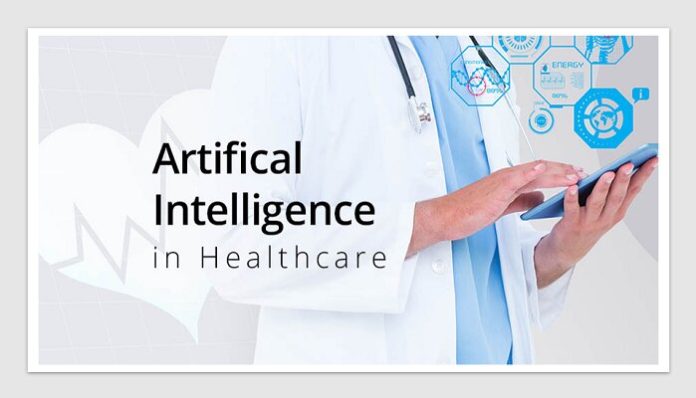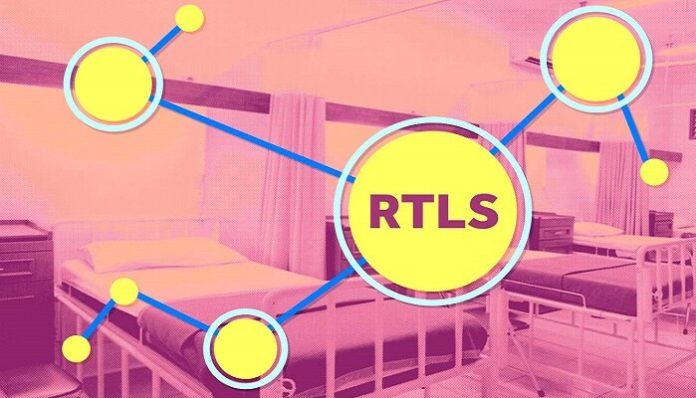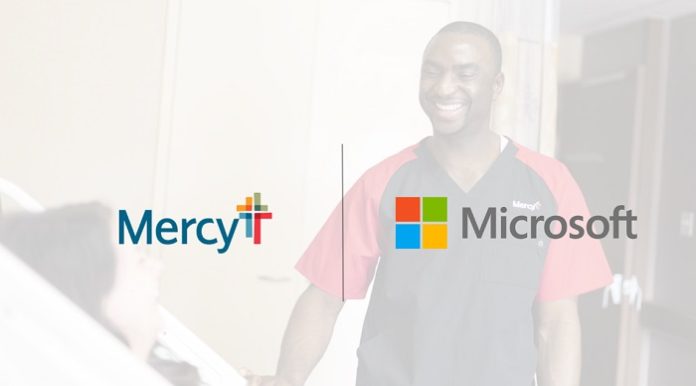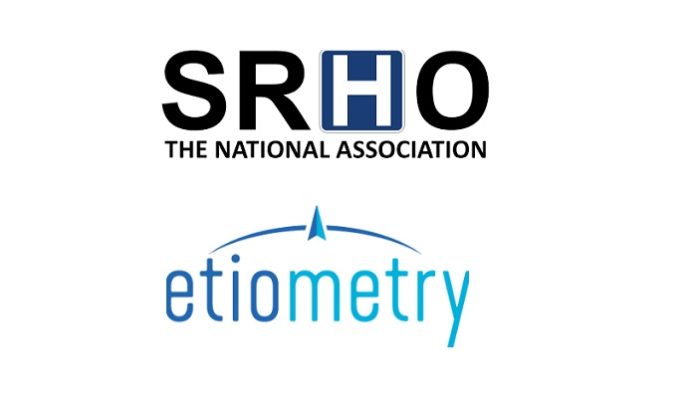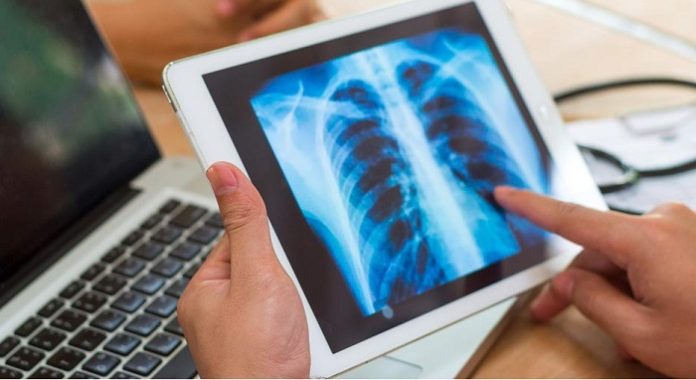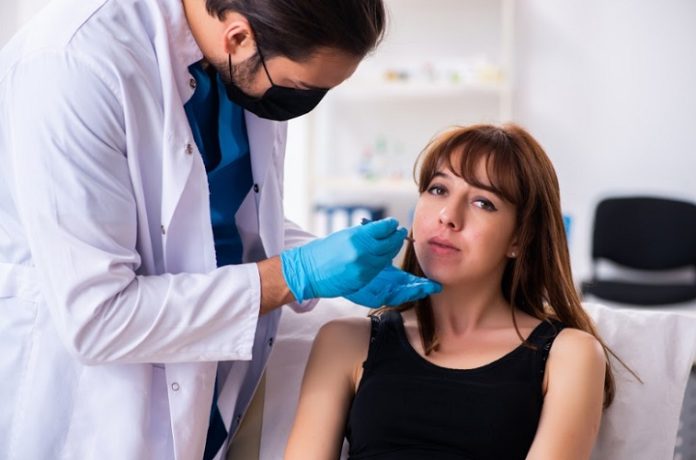Contagion control is a critical aspect of any medical practice, particularly in the field of dermatology. With the prevalence of skin diseases and infections, dermatologists must take proactive measures to prevent the spread of contagions in their practices. From personal protective equipment (PPE) to proper disinfection protocols, there are several key steps and protocols that dermatology practices should follow to ensure the safety of both patients and staff.
Understanding Contagion in Dermatology
Dermatology practices face unique challenges in controlling the spread of infectious diseases. Patients with skin conditions, such as rashes, eczema, and psoriasis, may have open wounds or lesions that can easily become infected. Additionally, many dermatological treatments involve the use of sharp instruments, such as needles and scalpels, which can transmit bloodborne pathogens.
The Centers for Disease Control and Prevention (CDC) provides guidance on infectious diseases and healthcare infection control practices. Dermatology practices should follow these guidelines to minimize the risk of contagion. The CDC recommends that healthcare facilities have a written infection control plan, which includes measures for preventing the spread of infectious diseases.
The Healthcare Infection Control Practices Advisory Committee (HICPAC) is a federal advisory committee that provides guidance on infection control practices. HICPAC recommends that healthcare facilities implement standard precautions, which include hand hygiene, personal protective equipment, and safe injection practices.
Dermatology practices should also be aware of the specific infectious diseases that are commonly encountered in their patient population. Some common infectious diseases in dermatology include:
- Methicillin-resistant Staphylococcus aureus (MRSA)
- Herpes simplex virus (HSV)
- Human papillomavirus (HPV)
- Scabies
Practices should have protocols in place for identifying and managing patients with infectious diseases. This may include isolating patients, using dedicated equipment for infected patients, and providing education to staff on infection control measures.
Key Steps in Contagion Control
Contagion control is essential in dermatology practices to prevent the spread of infections. Implementing key steps in contagion control can help reduce the risk of transmission of infections between patients and healthcare workers. The following subsections outline the key steps in contagion control in dermatology practices.
Hand Hygiene
Hand hygiene is the most critical step in preventing the spread of infections. For instance, when treating and removing verrucas or any other skin condition, dermatology healthcare workers should perform hand hygiene before and after patient contact, after removing gloves, and after touching environmental surfaces. The use of alcohol-based hand sanitizers is preferred over soap and water in most situations. However, hand washing with soap and water is necessary when hands are visibly soiled or contaminated with blood or other body fluids.
Use of Personal Protective Equipment
Personal protective equipment (PPE) is essential to protect healthcare workers and patients from infections. Dermatology healthcare workers should wear PPE, including gloves, gowns, masks, and eye protection, when performing procedures that may generate splashes or sprays of blood or body fluids. Standard precautions should be used for all patients, and transmission-based precautions should be used for patients with suspected or confirmed infections.
Environmental Cleaning
Environmental surfaces, including examination tables, chairs, and equipment, should be cleaned and disinfected after each patient encounter. High-touch surfaces, such as doorknobs, light switches, and computer keyboards, should be cleaned and disinfected frequently throughout the day. Dermatology practices should use Environmental Protection Agency (EPA)-approved disinfectants and follow the manufacturer’s instructions for use.
Infection Prevention Program
An infection prevention program is essential to prevent the spread of infections in dermatology practices. The program should include policies and procedures for hand hygiene, PPE use, environmental cleaning, and the management of patients with suspected or confirmed infections. Dermatology practices should also provide education and training to healthcare workers on infection prevention and control.
Dealing with Specific Infections
Dermatology practices must be equipped to handle specific infections that may be encountered. The following subsections outline key steps and protocols for dealing with infections such as MRSA, C. difficile, multidrug-resistant organisms, and sepsis.
MRSA
Methicillin-resistant Staphylococcus aureus (MRSA) is a type of bacteria that is resistant to many antibiotics. It can cause skin infections and other health problems. To prevent the spread of MRSA in dermatology practices, the following steps should be taken:
- Use standard precautions, including hand hygiene, when caring for patients with MRSA infections.
- Follow contact precautions, including wearing gloves and gowns, when caring for patients with MRSA infections.
- Clean and disinfect surfaces and equipment that may be contaminated with MRSA.
- Educate patients and staff about MRSA and how to prevent its spread.
C. Difficile
Clostridioides difficile (C. difficile) is a bacterium that can cause diarrhea and other intestinal problems. It is spread through contact with contaminated surfaces or objects. To prevent the spread of C. difficile in dermatology practices, the following steps should be taken:
- Use standard precautions, including hand hygiene, when caring for patients with C. difficile infections.
- Follow contact precautions, including wearing gloves and gowns, when caring for patients with C. difficile infections.
- Clean and disinfect surfaces and equipment that may be contaminated with C. difficile.
- Educate patients and staff about C. difficile and how to prevent its spread.
Multidrug-Resistant Organisms
Multidrug-resistant organisms (MDROs) are bacteria that are resistant to multiple antibiotics. They can cause infections that are difficult to treat. To prevent the spread of MDROs in dermatology practices, the following steps should be taken:
- Use standard precautions, including hand hygiene, when caring for patients with MDRO infections.
- Follow contact precautions, including wearing gloves and gowns, when caring for patients with MDRO infections.
- Clean and disinfect surfaces and equipment that may be contaminated with MDROs.
- Educate patients and staff about MDROs and how to prevent their spread.
Sepsis
Sepsis is a serious condition that can occur when the body’s response to infection causes damage to its own tissues and organs. It can be caused by a variety of bacteria, viruses, and other pathogens. To prevent the development of sepsis in dermatology practices, the following steps should be taken:
- Use standard precautions, including hand hygiene, when caring for patients with infections.
- Follow contact precautions, including wearing gloves and gowns, when caring for patients with infections.
- Monitor patients for signs of sepsis, such as fever, chills, rapid heartbeat, and rapid breathing.
- Educate patients and staff about sepsis and how to prevent its development.
In summary, dermatology practices must be equipped to handle specific infections that may be encountered. By following key steps and protocols, such as using standard precautions, following contact precautions, cleaning and disinfecting surfaces and equipment, and educating patients and staff, the spread of infections can be prevented, and patient safety can be ensured.

Role of Technology in Contagion Control
Technology has played a crucial role in the field of dermatology, especially in the context of contagion control. In recent years, the use of technology has become increasingly prevalent in dermatology practices. This section will explore two key areas where technology has been utilized in contagion control in dermatology practices: Teledermatology and Electronic Health Records (EHR).
Teledermatology
Teledermatology is a form of telemedicine that allows dermatologists to diagnose and treat patients remotely using technology such as video conferencing. This technology has become increasingly popular during the recent pandemic as it allows dermatologists to provide care to patients while minimizing the risk of contagion transmission.
Teledermatology has several benefits, including increased access to care for patients who may not have access to a dermatologist in their area. Additionally, teledermatology can be used to triage patients, allowing dermatologists to prioritize patients who require urgent care. This can be especially helpful during a pandemic when resources may be limited.
Electronic Health Records
Electronic Health Records (EHR) are digital versions of a patient’s medical record. EHRs have become increasingly popular in dermatology practices as they allow for easy access to patient information, including medical history, allergies, and medications. This can be especially helpful during a pandemic as it allows dermatologists to quickly access patient information without having to handle physical documents.
EHRs also allow for easy communication between healthcare providers, which can be helpful in the context of contagion control. For example, if a patient is suspected of having a contagious skin condition, their dermatologist can easily communicate with their primary care physician or infectious disease specialist to develop a treatment plan.
Monitoring and Compliance
One of the most critical aspects of contagion control in dermatology practices is monitoring and compliance. Dermatology practices must establish a system of surveillance to detect and monitor healthcare-associated infections (HAIs) and ensure compliance with infection control protocols. This system should also include feedback mechanisms to ensure that healthcare personnel and workers are aware of their responsibilities and are following the established protocols.
Surveillance can be conducted through various methods, including active monitoring of patients and healthcare personnel, environmental monitoring, and review of laboratory results. By monitoring HAIs, dermatology practices can identify potential outbreaks, determine the effectiveness of infection control measures, and make necessary improvements to prevent further spread.
To ensure compliance with infection control protocols, dermatology practices should establish policies and procedures that outline specific infection control measures and provide training to healthcare personnel and workers. Regular audits should be conducted to assess compliance with these policies and procedures, and feedback should be provided to healthcare personnel and workers to ensure that they understand their role in preventing the spread of HAIs.
In addition to monitoring and compliance, healthcare facilities and settings should also establish protocols for managing HAIs. These protocols should include procedures for identifying and isolating infected patients, notifying public health authorities, and implementing additional infection control measures as necessary.
Education and Training
Education and training are essential components of contagion control in dermatology practices. They ensure that physicians, nurses, healthcare personnel, and other staff are aware of the latest guidelines and protocols for preventing the spread of infections.
Dermatologists must provide education and training to their staff on a regular basis. This includes initial training for new employees and ongoing training for existing staff. The training should cover topics such as hand hygiene, personal protective equipment (PPE), and proper cleaning and disinfection procedures.
Residency programs for dermatology should also include training in contagion control. This will ensure that future healthcare professionals are well-versed in the latest guidelines and protocols.
Training should be appropriate in content to the educational level, literacy, and language of the healthcare personnel. For example, training for physicians may be more detailed and technical compared to training for nurses or other staff.
The Centers for Disease Control and Prevention (CDC) recommends that healthcare personnel receive initial, periodic, and as-needed education and training. This training should be evaluated to determine its effectiveness in improving outcomes.
In addition to training, staffing is also an important factor in contagion control. Dermatology practices should ensure that they have enough staff to handle patient volume while also adhering to proper cleaning and disinfection protocols.
Administrative Measures
In addition to clinical protocols, administrative measures are vital to controlling contagious infections in dermatology practices. Administrative measures include policies, protocols, and practice management strategies that are designed to reduce the risk of infection transmission.
Leadership support is essential in implementing and enforcing administrative measures. Practice leaders should ensure that all staff members understand the importance of infection control and are trained to follow the practice’s protocols. This includes providing ongoing education and training on infection control measures and regularly reviewing and updating protocols to ensure they are up-to-date and effective.
One key administrative measure is the implementation of policies that require staff members to stay home when they are sick. This policy helps prevent the spread of contagious infections in the workplace. It is important that staff members are aware of this policy and are encouraged to stay home if they are experiencing symptoms of illness.
Another important administrative measure is the use of personal protective equipment (PPE). Staff members should be trained on the proper use of PPE, including gloves, masks, and gowns. The practice should also provide adequate supplies of PPE to ensure that staff members have access to the equipment they need to protect themselves and their patients.
Practice management strategies can also help reduce the risk of infection transmission. For example, practices can implement scheduling policies that allow for adequate time between patients to clean and disinfect exam rooms and equipment. They can also implement policies that limit the number of patients in waiting rooms to reduce the risk of exposure to contagious infections.
Final Words on Contagion Control in Dermatology Clinics
Contagion control is a critical aspect of dermatology practice that ensures the safety and health of both patients and healthcare providers. Dermatology practices must follow guidelines and protocols established by public health organizations and the US government to minimize the risk of infection transmission.
Personal protective equipment (PPE) is a crucial element in preventing the spread of infection in dermatology practices. Dermatologists must use appropriate PPE, including gloves, gowns, masks, and eye protection, when examining patients. The choice of PPE should be based on the type of procedure and the level of risk involved.
In addition to PPE, hand hygiene is another essential component of infection control. Dermatologists must wash their hands thoroughly or use hand sanitizers before and after each patient encounter. They must also follow proper respiratory hygiene, including covering their mouth and nose when coughing or sneezing.
Dermatology practices must also implement environmental controls to minimize the risk of infection transmission. These include disinfection of surfaces and equipment, proper ventilation, and maintaining a clean and hygienic environment.
In conclusion, dermatology practices must follow established guidelines and protocols to ensure effective contagion control. By implementing these measures, dermatologists can create a safe and healthy environment for patients and healthcare providers. Public health organizations and the US government continue to provide guidance and support to help dermatology practices navigate the challenges of contagion control in the current pandemic and beyond.

















